Sorry I just meant that to match the close-up look of the spiked and faded phosphors as well as their rounded corners it would need way more.
Of course you lose most of it at normal viewing distance, but still I bet a lot of the subtle smoothness and blending comes from the way they’re fading and only partially lit, even just barely in some cases. I mean just looking at that picture of the timer there are a dozen different phosphor shapes based on how they’re being lit.
In this case it might be the deconvergence, but based on your full shot of the cabinet the alignment/calibration seems off so it’s probably not good to try to match that exactly, at least for the base setting. Though it’s also hard to tell how much of that is from geometry bloom…
I think I would much rather the blending and softness come from the signal’s consistent properties than “flaws” of the individual display’s setup.
But does this mean you are or aren’t doing the NTSC signal emulation? Because just in my limited experience playing with CRT Royale, tweaking the NTSC settings makes the biggest difference in “believability” of the resulting image. Where the base version without the NTSC passes just looks like a mask pasted on top of an emulator.
I don’t mean to be presumptuous and I only have a very limited and surface-level understanding of how this stuff works, so apologies if I’m way off. Relying on just deconvergence for blending reminds me of how a lot of modern games will use heavy chromatic aberration to hide poor anti-aliasing or just generally insufficient resolution, rather than as a subtle post effect. And it’s interesting because that’s supposed to just be an undesirable trait of a particularly bad lens, maybe similar to using a cheaper monitor and then also not keeping it properly calibrated. Like that post you linked mentions they downgraded from the nicer Toshiba to a cheaper and inferior model, for example.
It seems better to address the source where possible and then season the display-specific stuff to taste, but that could be difficult without overwhelming users with settings. A lot of that will also come down to whether someone wants to reproduce the best case scenario possible at the time, or what the majority of people would have actually experienced. Of course I think it would be nice to be able to try both.




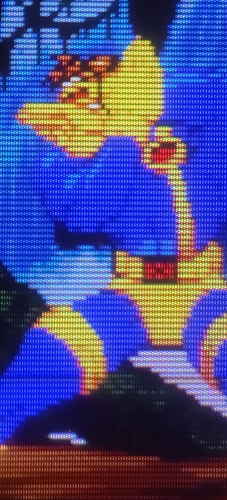


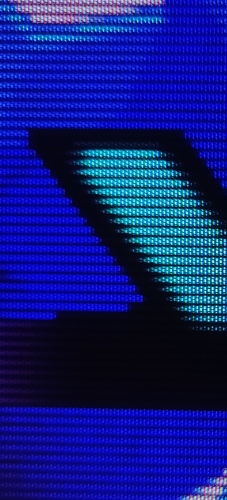
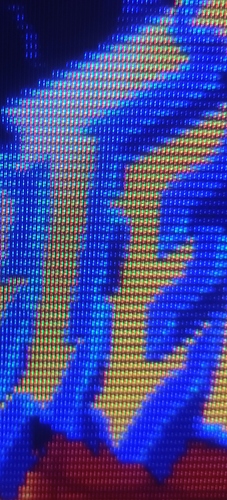
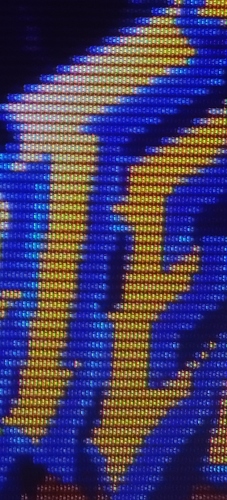
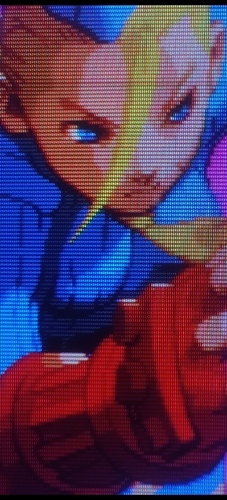

 is that the LCD photos don’t look the same colour as my LCD. I should probably get a decent camera rather than use my phone camera.
is that the LCD photos don’t look the same colour as my LCD. I should probably get a decent camera rather than use my phone camera.
